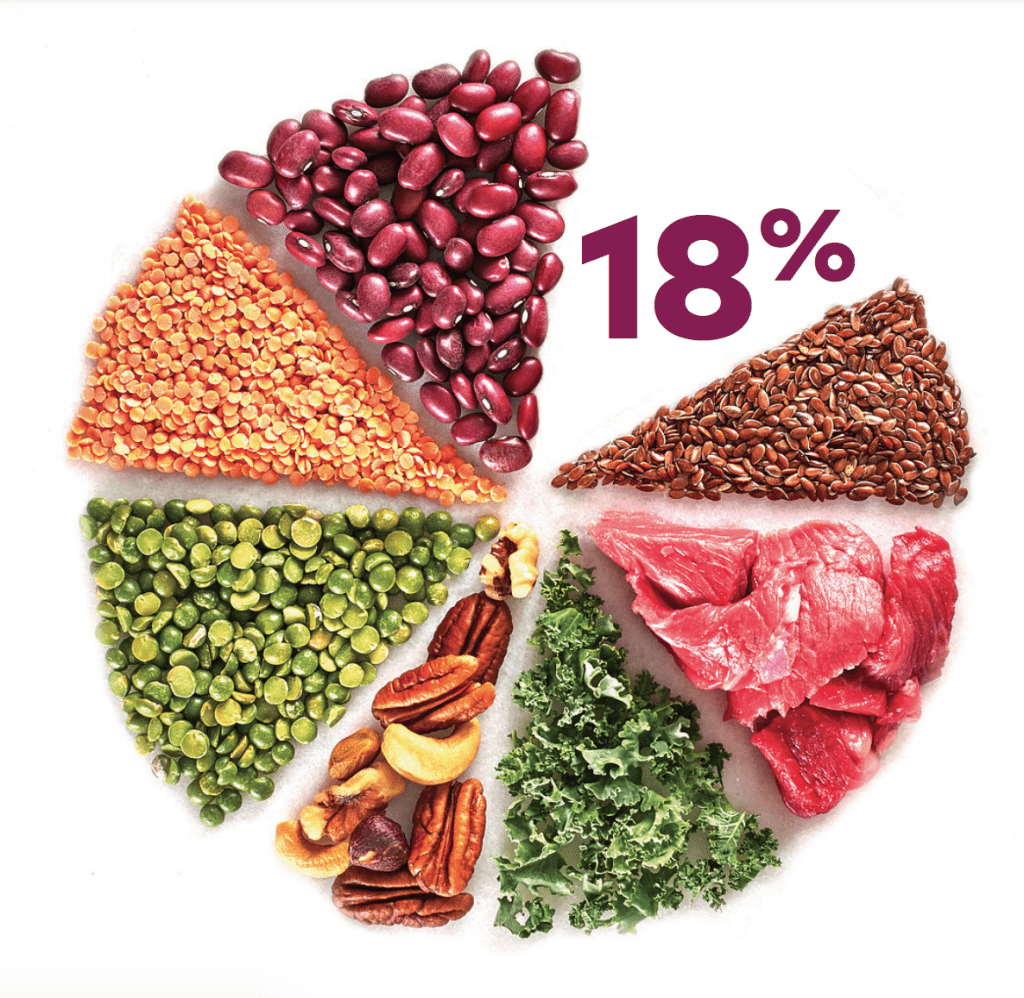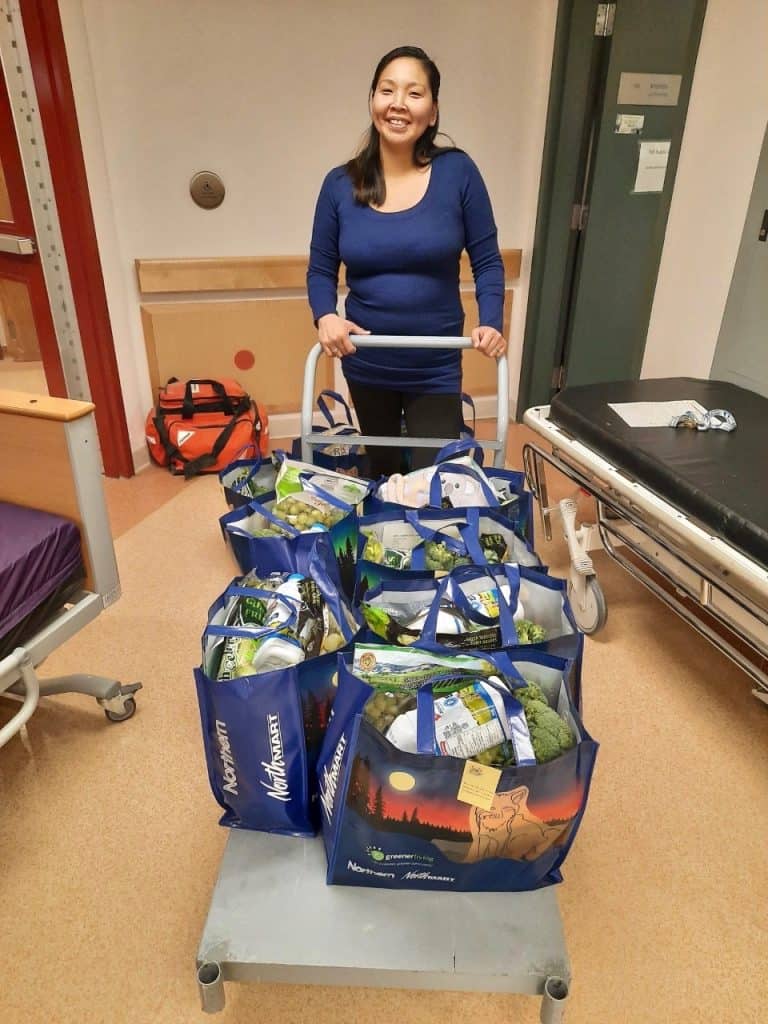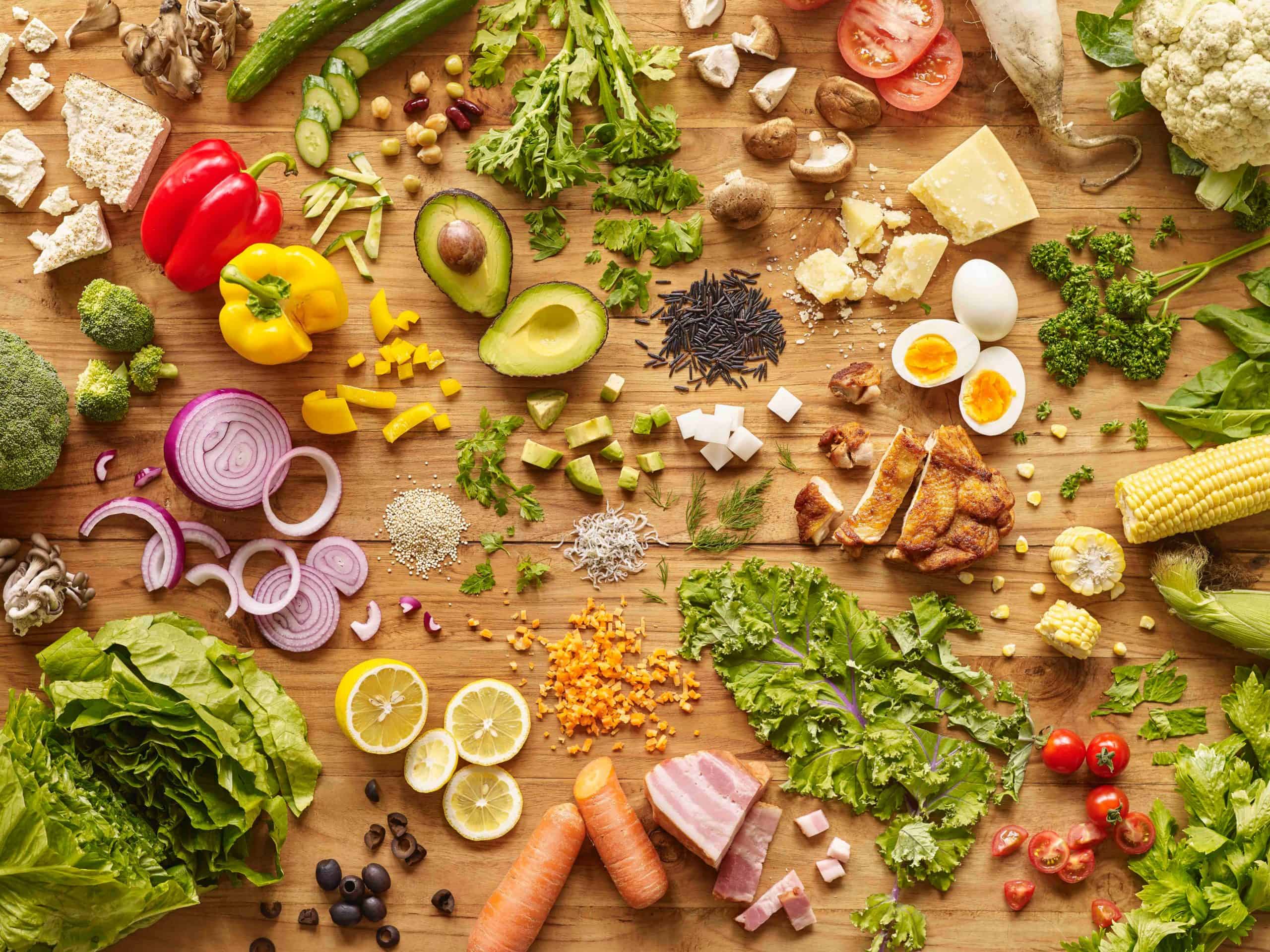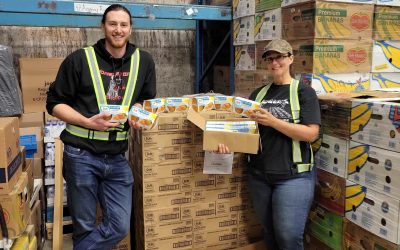Canada’s Invisible Food Network report by Second Harvest and Value Chain Management International (VCMI) is truly the first of its kind. No other report has identified and mapped out every non-governmental organization that feeds Canadians
in need. The results are shocking, shedding light on a massive patchwork of community food organizations. Canada’s Invisible Food Network report measured the quantity of food, food types and need, supply and demand, shortfalls, and the impact of COVID-19 on food-insecure Canadians and the organizations that feed them.This research is the first and essential step toward understanding the challenges facing millions of Canadians and the organizations they depend on. It is the first step to
making a plan to make our country’s food systems more sustainable for our citizens, organizations, and our environment.Read Canada’s Invisible Food Network report here.
Here are the top hunger relief stats based on findings from Canada’s Invisible Food Network report that every Canadian should know.
7 Hunger Relief Stats From Canada’s Invisible Food Network Report
1. Canada has 4X more food charities than grocery stores
Canada has 15,344 grocery stores, including big-box retailers and local corner shops. There are over 61,000 non-profit community organizations in Canada that provide food at no or low cost to fill an essential need. Only 3,600 of them are primary food providers, such as soup kitchens. The rest are schools, clubs, faith-based organizations, and community centres that also provide meals.
2. In 2021, 6.7 million Canadians (~18%) relied on food charities

Roughly the population of Alberta, Manitoba, and Saskatchewan combined depended on food charities in 2021 to feed themselves and their families. This is no small number of Canadians who are food insecure and struggle to access good, healthy food.
3. If food waste were a country, it would be the third worst greenhouse gas emitter globally
If food waste and loss were a country, it would be the worst emitter of greenhouse gases after China and the U.S. That is partly because food that decomposes in landfills creates methane gas that is 25 times more harmful to our planet than carbon dioxide. It is also because of the sheer volume of food waste. Globally, one-third of all food produced is lost or wasted.
4. 24.6 Billion lbs (11.2 million metric tonnes) of potentially avoidable food loss and waste goes to landfills every year
Second Harvest’s 2019 report, The Avoidable Crisis of Food Waste, found that 24.6 billion lbs (11.2 million metric tonnes) of potentially avoidable food loss and waste goes to landfills in Canada annually. If every meal weighs one pound, that’s potentially 24.6 billion meals that could have fed Canadians in need—with leftovers to spare.
5. One in seven Canadians were food insecure due to COVID-19
Food insecurity, or the lack of access to food, has been growing steadily in Canada for decades. Prior to the pandemic, approximately 4.4 million Canadians, including 1.4 million children, were food insecure. COVID-19 caused global uncertainty, supply chain disruptions, and surges in unemployment rates.
By May 2020, one in seven Canadian families struggled to put food on their tables, according to Statistics
Canada.
6. 72% more Canadians used food charities during COVID-19
Every food charity across the country saw an uptick in the number of people served because of COVID-19. Before the pandemic, 5.3 million people were served. That number increased to 6.6 million during COVID-19, jumping from a daily average of 160 people served at each charitable food organization to 275 people.
By food weight, the total weight of food and beverages needed to feed those in need went from 6.1 billion lbs in 2019 to 9.9 billion lbs in 2021. That is a 61% increase.
7. Despite increased demand, the national shortfall decreased from 319M lbs to 162M lbs
Even though the demand for food donations spiked dramatically during the pandemic, the generosity and adaptability of Canadians helped lessen the gap between food supply and demand. However, a shortfall of 162 million pounds of food needed to feed Canadians is still a shortfall.
This may go to show that if we work together, coordinating our efforts to distribute surplus food across the invisible food network, that we can feed more people in need. But, given the abundance of food produced—and lost and wasted—every year, this shortfall is unacceptable.
Now that we have the hunger relief stats and understand the scope of our systemic challenges—and those organizations in Canada that are working to make a change—it’s time to make a plan. It’s time to enact policies that make our food chain more sustainable for all (and for our planet).





